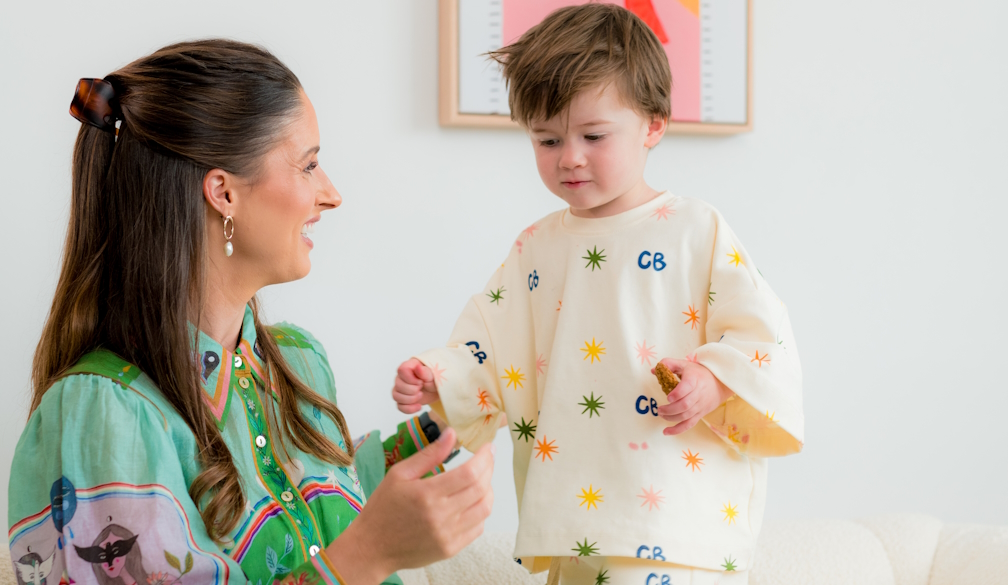What’s the difference between period pain and endometriosis pain?
- Written by Sonia R. Grover, Clinical Professor of Gynaecology, The University of Melbourne

Menstruation, or a period, is the bleeding that occurs about monthly in healthy people born with a uterus, from puberty to menopause. This happens when the endometrium, the tissue that lines the inside of the uterus, is shed.
Endometriosis[1] is a condition that occurs when endometrium-like tissue is found outside the uterus, usually within the pelvic cavity. It is often considered a major cause of pelvic pain.
Pelvic pain significantly impacts quality of life. But how can you tell the difference between period pain and endometriosis?
Periods and period pain
Periods involve shedding the 4-6 millimetre-thick endometrial lining from the inside of the uterus.
As the lining detaches from the wall of the uterus, the blood vessels which previously supplied the lining bleed. The uterine muscles contract, expelling the blood and crumbled endometrium.
The crumbled endometrium and blood mostly pass through the cervix and vagina. But almost everyone back-bleeds[2] via their fallopian tubes into their pelvic cavity. This is known as “retrograde menstruation”.
The process of menstrual shedding is caused by[4] inflammatory substances, which also cause[5] nausea, vomiting, diarrhoea, headaches, aches, pains, dizziness, feeling faint, as well as stimulating pain receptors.
These inflammatory substances are responsible for the pain and symptoms in the week before a period and the first few days.
For women with heavy periods, their worst days of pain[6] are usually the heaviest days of their period, coinciding with more cramps to expel clots and more retrograde bleeding.
Many women also have pain when they are releasing an egg from their ovary at the time of ovulation. Ovulation or mid-cycle pain can be worse[7] in those who bleed more, as those women are more likely to bleed into the ovulation follicle.
Around 90% of adolescents[8] experience period pain. Among these adolescents, 20% will experience such severe period pain they need time off from school and miss activities. These symptoms are too often normalised[9], without validation or acknowledgement.
What about endometriosis?
Many symptoms[10] have been attributed[11] to endometriosis[12], including painful periods, pain with sex, bladder and bowel-related pain, low back pain and thigh pain.
Other pain-related conditions such migraines and chronic fatigue have also been linked to endometriosis[13]. But these other pain-related symptoms occur equally often[14] in people with pelvic pain who don’t have endometriosis.
Repeated, significant period and ovulation pain can eventually lead some people to develop persistent or chronic pelvic pain[16], which lasts longer than six months. This appears to occur through a process known as central sensitisation, where the brain becomes more sensitive to pain and other sensory stimuli.
Central sensitisation can occur[17] in people with persistent pain, independent of the presence or absence of endometriosis.
Eventually, many people with period and/or persistent pelvic pain will have an operation called a laparoscopy[18], which allows surgeons to examine organs in the pelvis and abdomen, and diagnose and treat endometriosis.
Yet only 50%[19] of those with identical pain symptoms who undergo a laparoscopy will end up having endometriosis.
Endometriosis is also found[20] in pain-free[21] women. So we cannot predict[22] who does and doesn’t have endometriosis from symptoms alone[23].
How is this pain managed?
Endometriosis surgery usually involves removing lesions and adhesions. But at least 30% of people[24] return to pre-surgery pain levels within six months or have more pain than before.
After surgery, emergency department presentations for pain are unchanged[25] and 50% have repeat surgery[26] within a few years.
Suppressing periods[27] using hormonal therapies (such as continuous oral contraceptive pills or progesterone-only approaches) can suppress endometriosis and reduce or eliminate pain[28], independent of the presence or absence of endometriosis.
Not every type or dose of hormonal medications suits everyone, so medications need to be individualised.
The current gold-standard approach[29] to manage persistent pelvic pain involves a multidisciplinary team approach, with the aim[30] of achieving sustained remission and improving quality of life. This may include:
- physiotherapy for pelvic floor and other musculoskeletal problems
- management of bladder and bowel symptoms
- support for self-managing pain
- lifestyle changes[31] including diet and exercise
- psychological or group therapy[32], as our moods, stress levels and childhood events can affect[33] how we feel and experience pain.
Whether you have period pain, chronic pelvic pain or pain you think is associated with endometriosis, if you feel pain, it’s real. If it’s disrupting your life, you deserve to be taken seriously and treated as the whole person you are.
References
- ^ Endometriosis (www.ncbi.nlm.nih.gov)
- ^ almost everyone back-bleeds (www.ncbi.nlm.nih.gov)
- ^ Andrey_Popov/Shutterstock (www.shutterstock.com)
- ^ caused by (www.ncbi.nlm.nih.gov)
- ^ cause (www.ncbi.nlm.nih.gov)
- ^ worst days of pain (www.ncbi.nlm.nih.gov)
- ^ can be worse (www.ncbi.nlm.nih.gov)
- ^ 90% of adolescents (pubmed.ncbi.nlm.nih.gov)
- ^ often normalised (www.ncbi.nlm.nih.gov)
- ^ symptoms (www.ncbi.nlm.nih.gov)
- ^ attributed (www.ncbi.nlm.nih.gov)
- ^ endometriosis (www.ncbi.nlm.nih.gov)
- ^ linked to endometriosis (pmc.ncbi.nlm.nih.gov)
- ^ occur equally often (pubmed.ncbi.nlm.nih.gov)
- ^ CGN089/Shutterstock (www.shutterstock.com)
- ^ persistent or chronic pelvic pain (www.ncbi.nlm.nih.gov)
- ^ can occur (www.ncbi.nlm.nih.gov)
- ^ laparoscopy (www.ncbi.nlm.nih.gov)
- ^ only 50% (www.ncbi.nlm.nih.gov)
- ^ also found (www.ncbi.nlm.nih.gov)
- ^ pain-free (www.ncbi.nlm.nih.gov)
- ^ cannot predict (www.ncbi.nlm.nih.gov)
- ^ symptoms alone (www.ncbi.nlm.nih.gov)
- ^ at least 30% of people (www.ncbi.nlm.nih.gov)
- ^ unchanged (www.ncbi.nlm.nih.gov)
- ^ repeat surgery (www.ncbi.nlm.nih.gov)
- ^ Suppressing periods (pubmed.ncbi.nlm.nih.gov)
- ^ reduce or eliminate pain (www.ncbi.nlm.nih.gov)
- ^ gold-standard approach (www.anzca.edu.au)
- ^ the aim (www.ncbi.nlm.nih.gov)
- ^ lifestyle changes (www.ncbi.nlm.nih.gov)
- ^ therapy (www.ncbi.nlm.nih.gov)
- ^ can affect (www.ncbi.nlm.nih.gov)
Read more https://theconversation.com/whats-the-difference-between-period-pain-and-endometriosis-pain-244656














